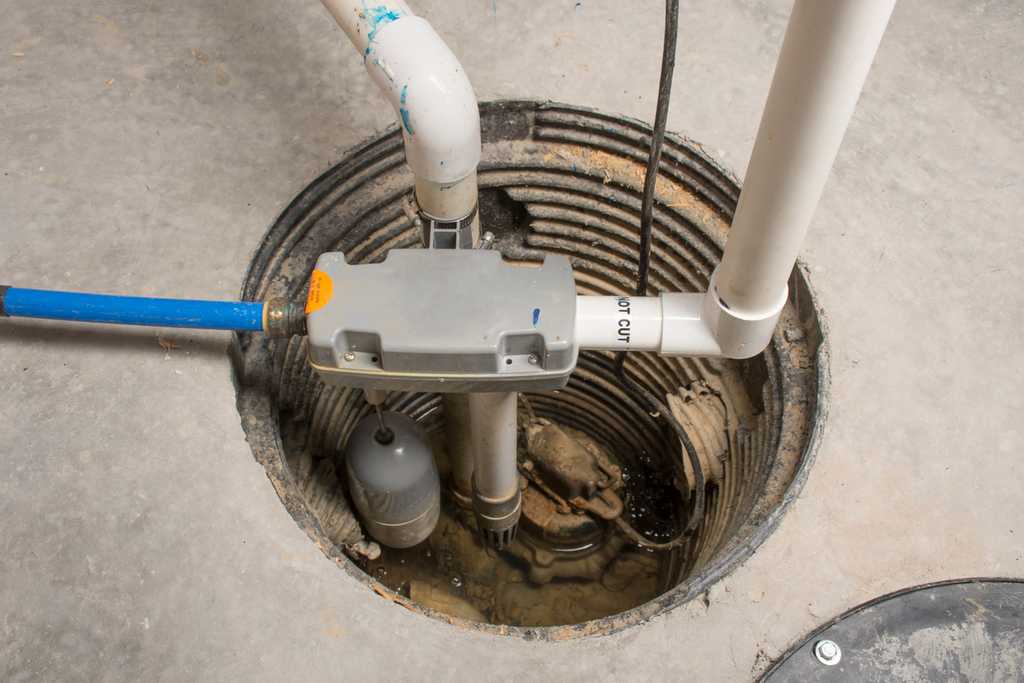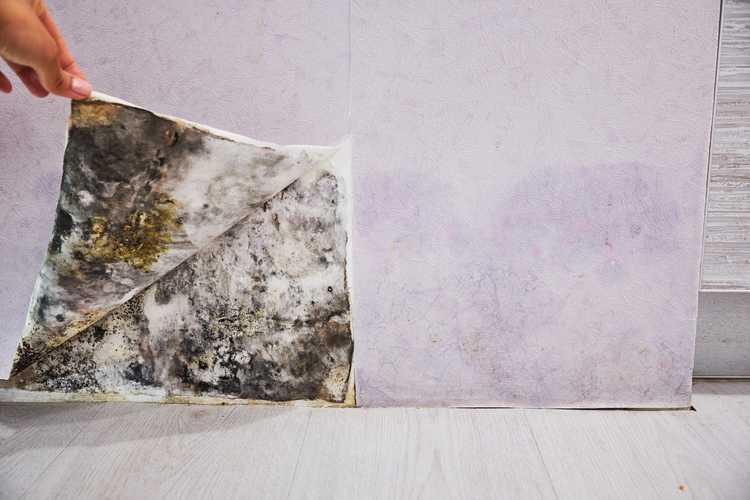Owning a home comes with a bunch of added expenses, including insurance. While most mortgage providers require you to have a home insurance policy in order to get a home loan, they may only want you to carry the basic types of coverage. But home insurance has several sub-types that can be extremely useful in emergency situations.
One of these types of insurance is called water backup coverage. While basic homeowner’s insurance covers water damage from burst pipes or faulty heating and cooling systems, it does not cover water damage that occurs because of a sewer or sump pump backup. Since nobody wants stinky sewage or stormwater flooding their house, it’s a good idea to take out water backup coverage.
Also note that you can purchase water backup coverage on the back of rental insurance as well, so even if you don’t own your home it’s worth considering.
What does water backup insurance cover?
Water backup coverage is often referred to as sewer or sump pump backup coverage. That’s because it’s specifically designed to cover damage caused to your home from either your sump pump, your sewer, or a drain backing up.
If you live in a newer house, you might wonder whether you even need water backup insurance. After all, sewer backups are often the result of old sewers or tree roots. But even with a newer home, there’s a chance that your sewer or sump pump might backup and ruin your carefully designed home, so this type of coverage is worth considering in case anything happens.
What isn’t covered by water backup insurance?
Water backup insurance is not the same as flood insurance. The former only covers damage from backed-up sewers and sump pump overflow, while the latter covers flooding from natural disasters such as heavy rain storms or hurricanes.
You also won’t be able to use water backup insurance for any damage that can be attributed to negligence or routine maintenance.
Water backup insurance will not pay to replace a broken sump pump. In fact, your insurance company is likely to deny your claim if the damage was caused by a broken sump pump that you didn’t fix or replace, or if your sump pump was turned off when the water damage occurred.
How much water backup coverage do I need?
The amount of water backup coverage you take out depends on the size of your home and the amount it would take to repair water backup damage.
Policygenius reports that it costs between $30 and $70 for $5,000 worth of coverage, and an additional $25-$35 for every additional $5,000 of coverage. Insurance companies usually offer between $5,000 and $25,000 in coverage for this type of policy.
When deciding how much coverage you want, consider how much you can afford to spend on the premium. If you have a decent savings account built up you may choose to get less coverage and pay more out of pocket in case of damage. But if you don’t have that safety net, you might choose to pay more in premiums for a higher amount of coverage.
Also bear in mind that, as with all other types of insurance, you will likely have to pay a deductible before the provider will pay out on your claim. Check with your insurance provider to see what the deductible is, and take that information into account when determining how much you can afford to spend on water backup protection.
Do I need water backup coverage, and is it worth it?
If you own a home, it’s a good idea to take out water backup coverage. Water backups from sewers, sump pumps, or drains can happen to anyone, regardless of the age and condition of their home. When water backs up into your house, it can bring with it all kinds of nasty things that can cause illness, mold, and extreme damage to your home.
In general, insurance companies offer water backup coverage as an add-on for a low price (as little as $30 a year). When you think about how much you would pay out of pocket to repair water backup damage, that small annual premium seems like a no-brainer.
Frequently asked questions (FAQ)
What type of water damage is covered by homeowners insurance?
Water damage is tricky when it comes to what is covered by homeowners insurance. A basic policy typically covers damage caused by burst pipes or leaking water heaters, provided that the leak is both sudden and accidental. If you’ve noticed a slow leak in a pipe for a while and it suddenly bursts, your insurance may deny your claim.
But regular homeowners insurance doesn’t cover water backup from sump pumps, drains, or sewers. If you want to cover these incidents, you’ll need to take out water backup coverage in addition to your basic homeowners insurance.
A basic policy also does not cover flooding due to weather. If you live in an area prone to flooding, it’s a good idea to take out flood insurance as well. People who live close to large bodies of water, such as the ocean, a lake, or a river, are recommended to take out a flood insurance policy. That’s also true for low-lying areas or areas prone to hurricanes and tropical storms.
What is the difference between water backup and water damage?
Water backup is what causes water damage.
A sump pump’s function is to pump water away from your house to prevent your basement from flooding. It’s one of those things that you notice when it’s raining a lot, because it’ll cycle on and off more frequently (and it’s not exactly quiet). But when the weather is dryer, it may only turn on a couple of times a day, or even less. But when your sump pump backs up and can’t pump water out anymore, your basement will flood and become water damaged.
The same goes for your sewer. You probably don’t give it much thought when you flush the toilet, but if your sewer backs up you’ll know about it quickly. Sewer backup can cause water damage, as well as bring in bacteria that can make your home inhabitable.
Water backup coverage can help pay for repairs if either of these things happens and causes your home to suffer water damage.
How can I prevent water backup?
Sometimes water backup is unavoidable, but there are several things you can do in order to keep your sewer and sump pump functioning and lessen the chances of sewer backup or sump pump overflow.
Schedule routine sump pump checks with a local plumber. They can also tell you how to recognize potential issues so you can have them fixed before you experience sump pump overflow.
Don’t pour grease down your drain or flush things that shouldn’t be flushed down your toilet. Flushing toilet paper is fine as long as you don’t try to flush too much at once. Do not flush wet wipes, paper towels, sanitary products, or any other paper products down your toilet.
Have your plumbing connections checked by a professional to make sure nothing is attached to your sewer line that shouldn’t be, and have the professional fix any issues you find.
Ask whether it makes sense to install a backwater prevention valve, which can prevent waste from coming back into the pipes after it’s been flushed out.
Summary
Water backup insurance can help pay for water damage caused by a sewer or drain backup or a sump pump overflow. It’s generally inexpensive to add onto your homeowners or renters insurance, and it can be a huge help if you find yourself with damage caused by water backup.



